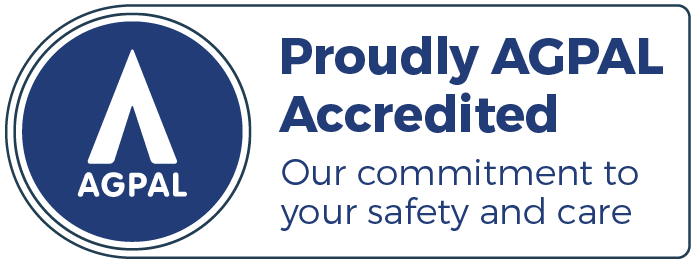
Itching for Wheat?
Coeliac Awareness Week is an annual event held by Coeliac Australia between 13 and 20 March. Its aim is to increase public awareness of coeliac disease and to improve the rates of testing and diagnosis by medical professionals.
For several years now, the theme for Coeliac Awareness Week has been “The Gluten Free Challenge”, in which people are encouraged to eat gluten-free for a week.
Coeliac disease affects 1 in 70 Australians. It is caused by a reaction of the immune system to gluten, a protein found in wheat, rye, barley and oats. When someone with coeliac disease eats gluten, their immune system reacts by damaging the lining of the small intestine. Normally, the small intestine has small finger-like projections called villi that allow the body to absorb nutrients from food. With coeliac disease, these villi become inflamed and flattened overtime, affecting its absorption capability and leading to malabsorption.
Targeted screening is a way to detect coeliac disease and if diagnosed, strict removal of gluten from the diet can arrest the damaging inflammatory immune response caused by gluten. Despite the condition’s seriousness, only 20% of affected Australians have a medical diagnosis. Coeliac presentations can be far more diverse than might have previously been assumed. People from any type of population can carry the genetic predisposition for coeliac disease. However, it must be triggered by gluten to manifest. If a person comes from a culture that consumes a low-wheat diet, they are far less likely to come into contact with gluten, leading to a misconception that such people do not have the genetic predisposition for coeliac disease.
Common intestinal symptoms of coeliac disease often include abdominal pain, bloating, flatulence, diarrhoea, constipation, nausea or fatigue. However, the way the body’s immune system reacts to gluten can also affect other parts of the body as well. For example, the skin rash called dermatitis herpetiformis (also known as coeliac rash, gluten rash) may develop. Dermatitis Herpetiformis is an extremely itchy and blistering skin condition.
Around 15-25% of coeliac patients have concurrent dermatitis herpetiformis. These patients tend to have a more severe intestinal pathology in comparison to those without.
Other range of conditions less commonly induced by gluten also includes:
- Neurological problems
- Heart problems
- Apthous ulcers and angular cheilitis
- Dry skin
- Nail and hair abnormalities
- Other autoimmune diseases
- Non-hodgkin lymphoma (rare)
Coeliac disease usually has a good prognosis, with the majority of patients responding well to a strict gluten-free diet and medications. It is therefore important that both medical practitioners and patients are aware of the varied presentation of coeliac disease and its possible complications.
Talk to your medical professional today if you have any concerns or symptoms.
How can I get involved?
If you would like to get involved in Coeliac Awareness Week, you’re encouraged to participate in any of the events held across the country, or you can organise your own event to help raise awareness. Ideas include:
- Encouraging your co-workers to eat gluten-free foods during lunch times.
- Organising a gluten-free dinner for family and friends at a local restaurant.
- Running a coeliac awareness stand in a public place or at a health-related expo.
The purpose of these activities is to encourage people to think about the symptoms to look out for, the importance of getting tested, how foods containing gluten affect people with coeliac disease and the difficulties of trying to maintain a gluten-free diet.
Any event which achieves these aims would be beneficial during Coeliac Awareness Week, and Coeliac Australia has a range of resources and publicity materials on its website, along with electronic resources for doctors to assist with diagnosis of coeliac disease.
Visit https://www.coeliac.org.au for more information.



